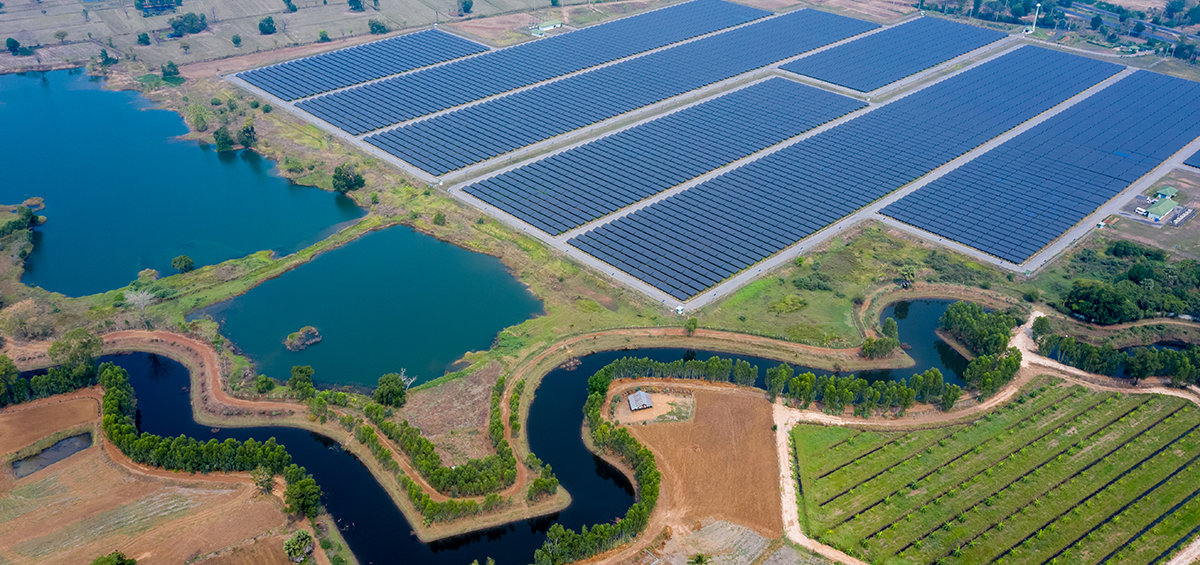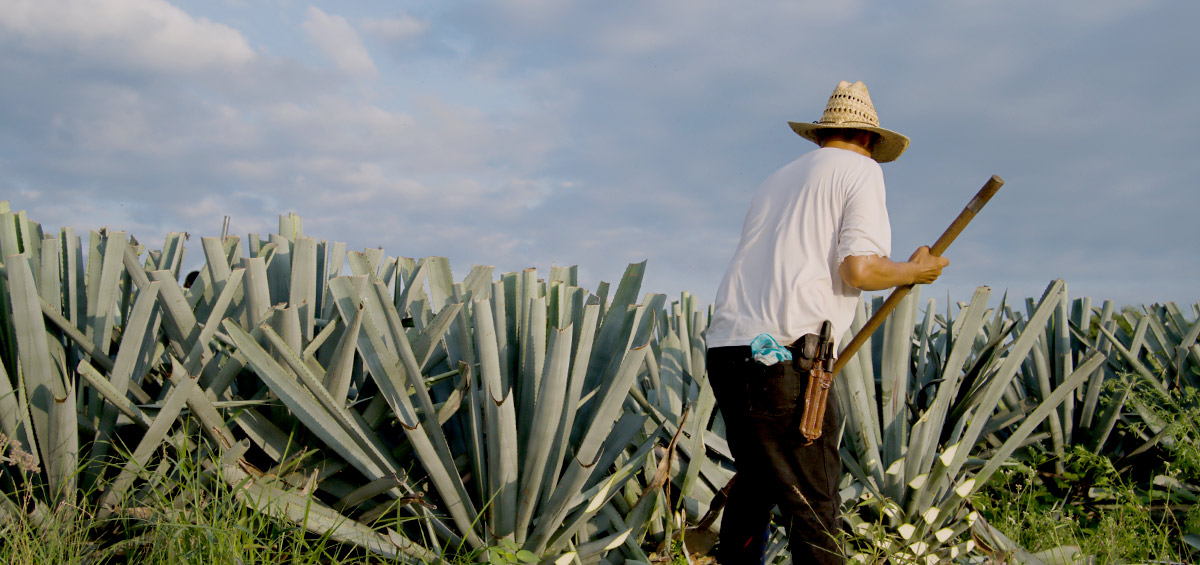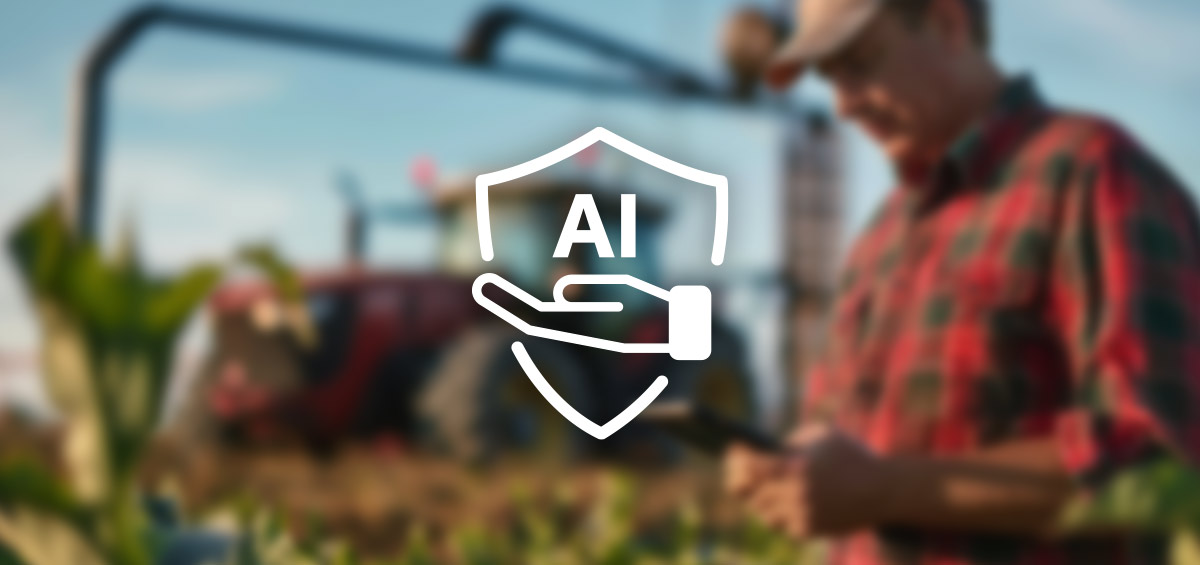The world’s climate is changing fast, and will continue to do so for the foreseeable future, no matter what measures are now taken. For agriculture, change will also be significant, as temperatures rise, rainfall patterns change and pests and diseases find new ranges, posing new risks to food and farming. Until recently, agriculture has tended to be on the sidelines of discussions concerning human-induced climate change, and has generally been seen as the ‘victim’. There is now, however, a growing recognition of agriculture’s contribution to climate change and of the means by which farming systems can adapt to cope with the changes, as well as the potential of agriculture to mitigate our climate impact. This recognition has led to the concept of ‘climate-smart agriculture’.
But what exactly is “climate-smart agriculture”? Broadly speaking, it consists of proven practical techniques, such as mulching, intercropping, conservation agriculture, crop rotation, integrated crop-livestock management, agro-forestry, improved grazing, and improved water management, together with innovative practices, such as better weather forecasting, drought- and flood-tolerant crops, and crop and livestock insurance.
The Food and Agriculture Organization of the United Nations (FAO) defines climate-smart agriculture as consisting of three main pillars:
- Sustainably increasing agricultural productivity and incomes (food security)
- Adapting and building resilience to climate change (adaptation)
- Reducing and/or removing greenhouse gas emissions (mitigation), where possible.
Agriculture is responsible for about a quarter of human-induced emissions of greenhouse gasses worldwide. Rice paddies and livestock are major sources of methane, a greenhouse gas more than 20 times as potent as carbon dioxide. Excessive use of nitrogen fertilizers not only pollutes rivers and lakes, leading to vast “dead zones”, but also results in release of nitrous oxide, 310 times as potent as carbon dioxide as a greenhouse gas. Agriculture produces nearly half of all methane generated by human activity, and nearly 60 percent of nitrous oxide emissions. Clearing forests to open up new land for agriculture releases enormous amounts of carbon dioxide.
Climate-smart agriculture is a way to achieve short-and-long-term agricultural development priorities in the face of climate change and serves as a bridge to other development priorities.
On that subject will be held the 21st Conference of the Parties (COP21) of the United Nations Framework Convention on Climate Change (UNFCCC, Paris, France, December 2015). The COP21 will be a milestone in the international climate negotiations, with the goal that all countries are committed by a universal binding climate agreement. It is hoped that the COP21 will witness a “paradigm shift” where the climate challenge is not any more a necessary “burden sharing” of emissions, but also an opportunity for job creation and wealth, inventing new patterns of production and consumption.
”To ensure a food-secure future, farming must become climate resilient. Around the world, governments and communities are adopting innovations that are improving the lives of millions while reducing agriculture’s climate footprint. These successful examples show the many ways climate-smart agriculture can take shape, and should serve as inspiration for future policies and investments.”
(Michael Hailu, CTA Director; Bruce Campbell, CCAFS Director)




